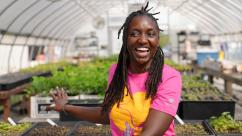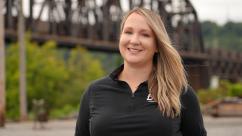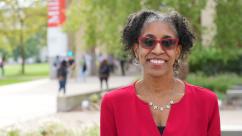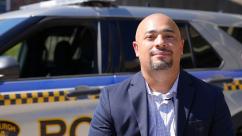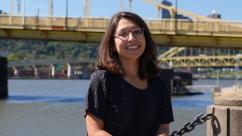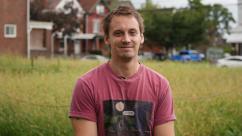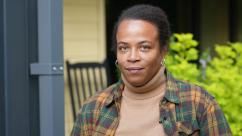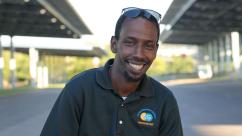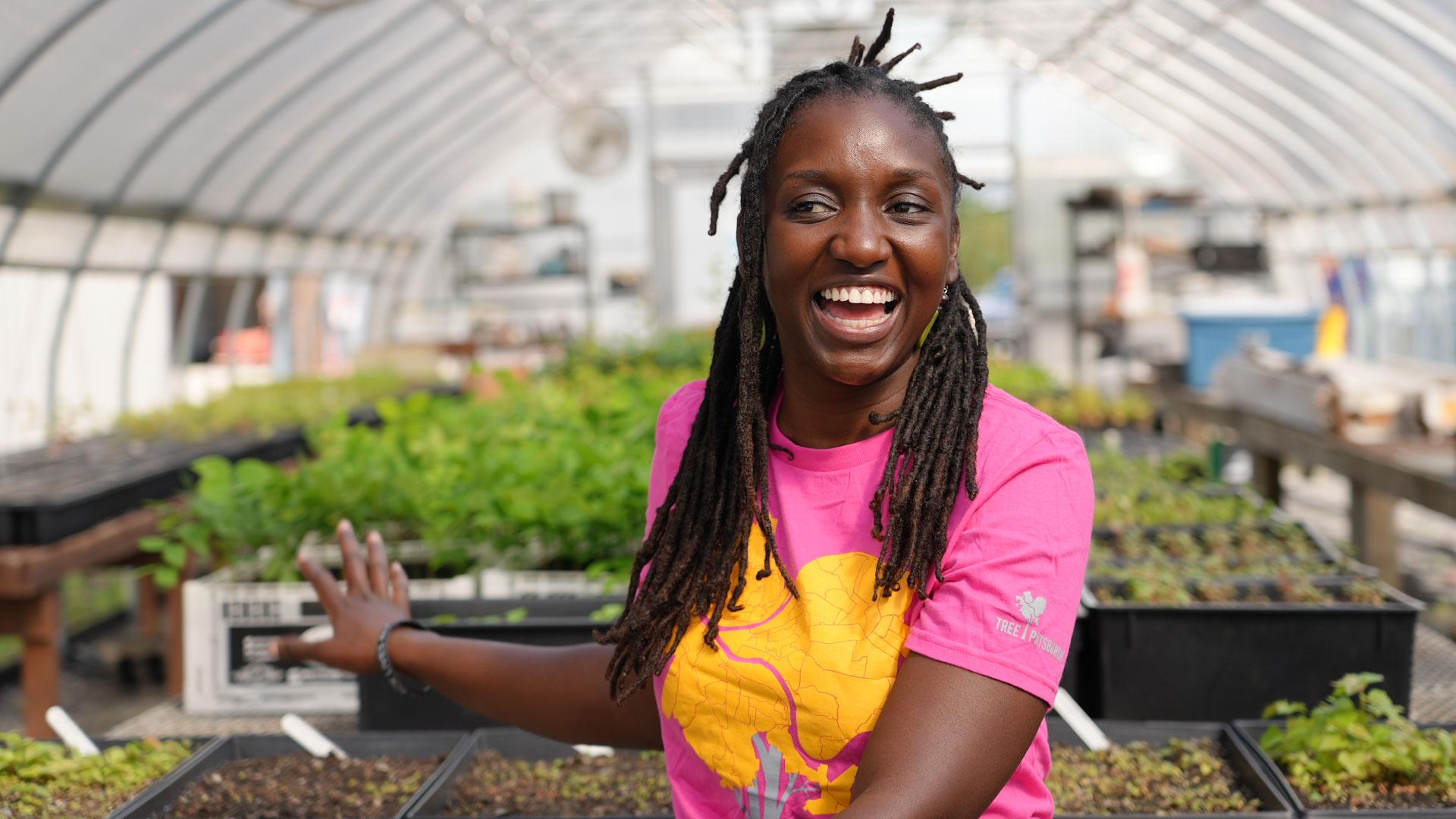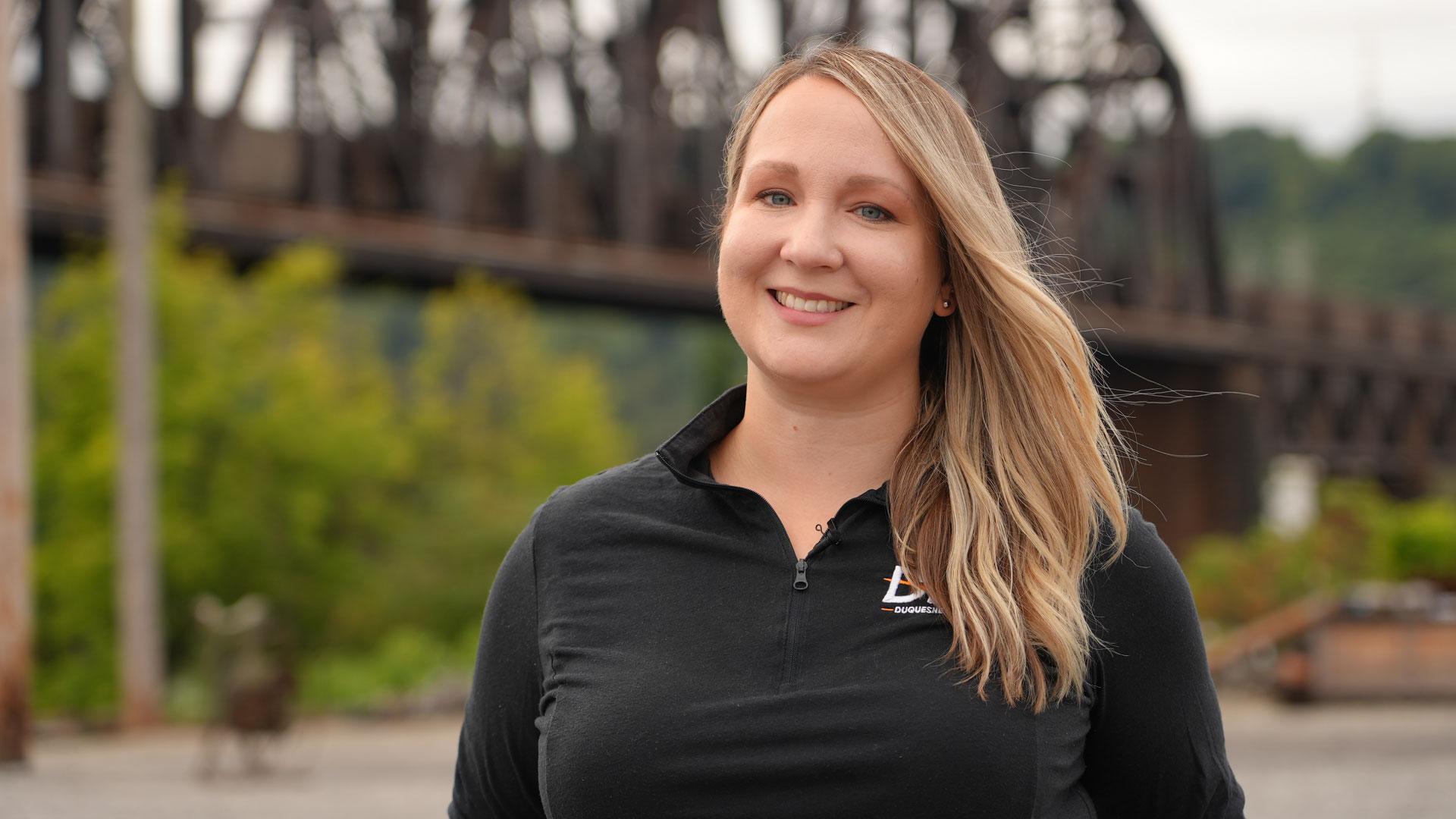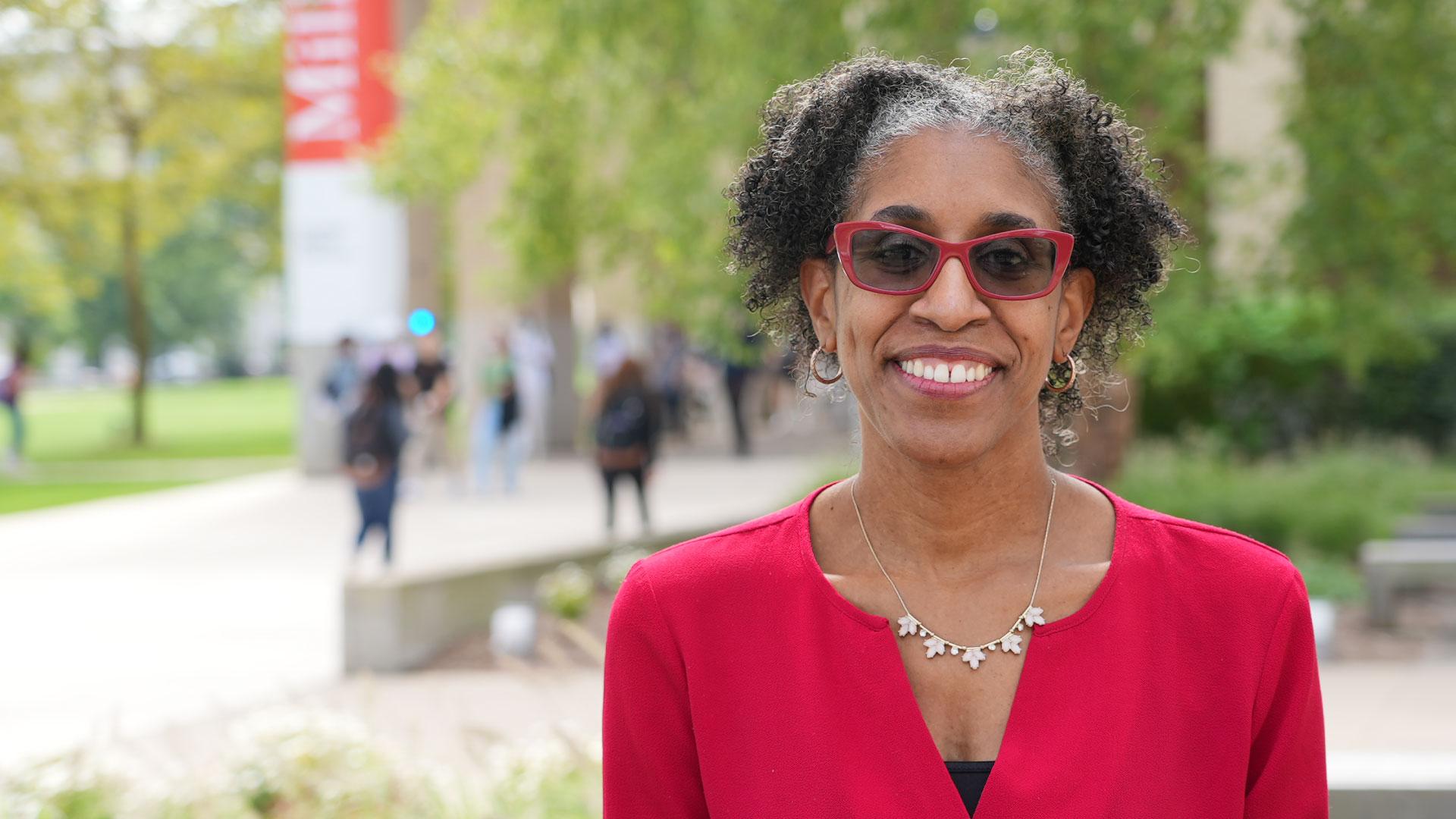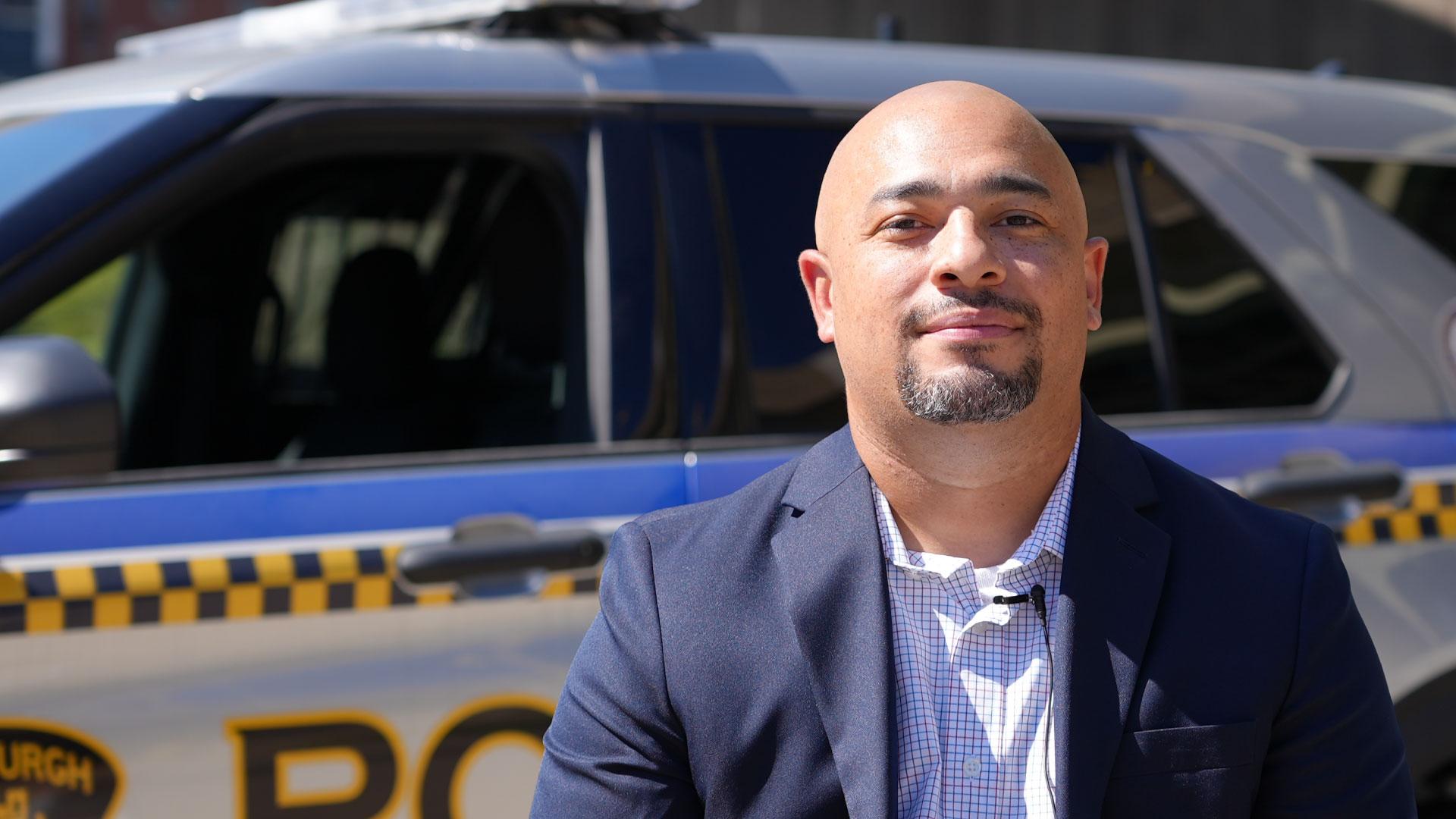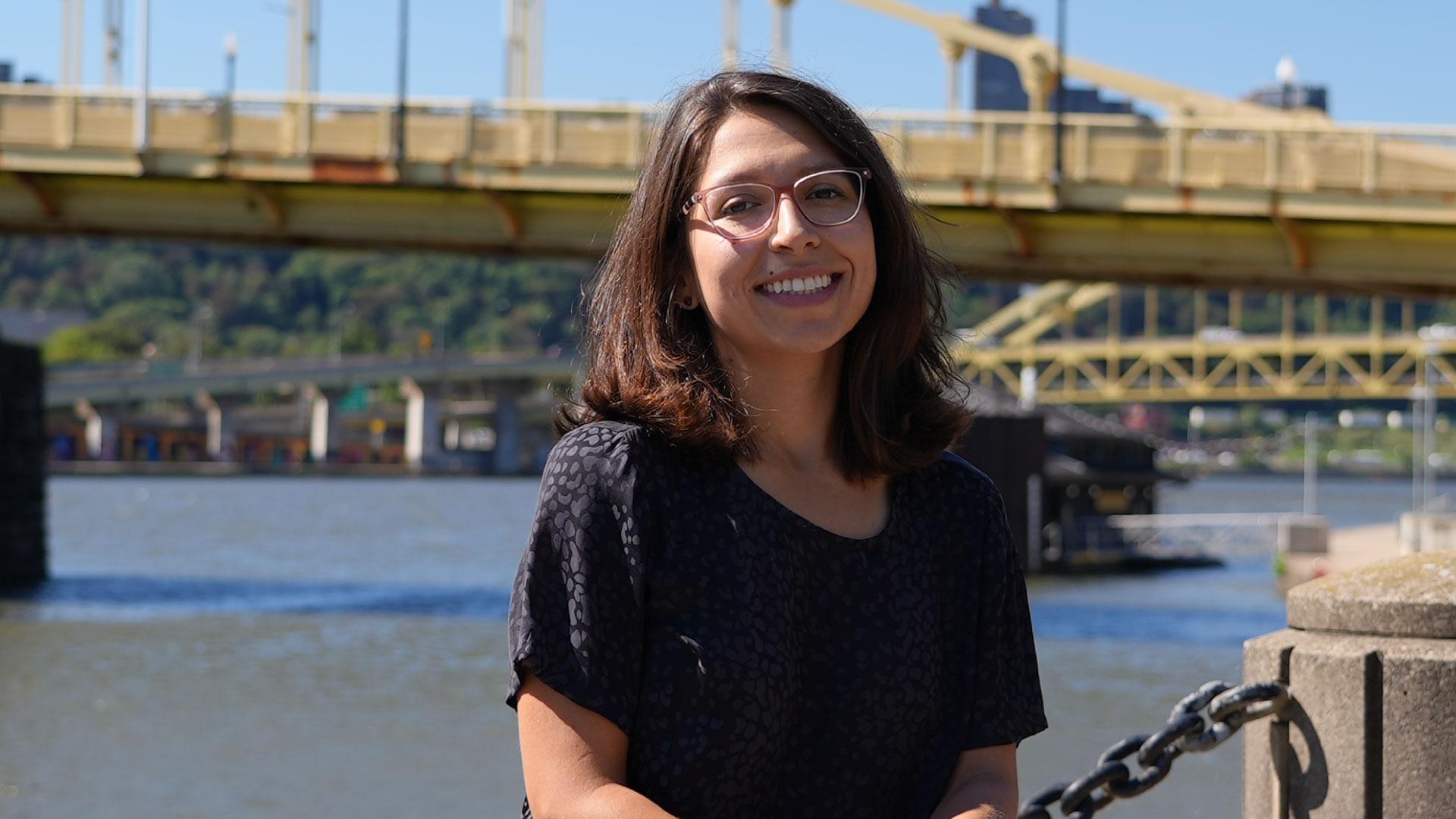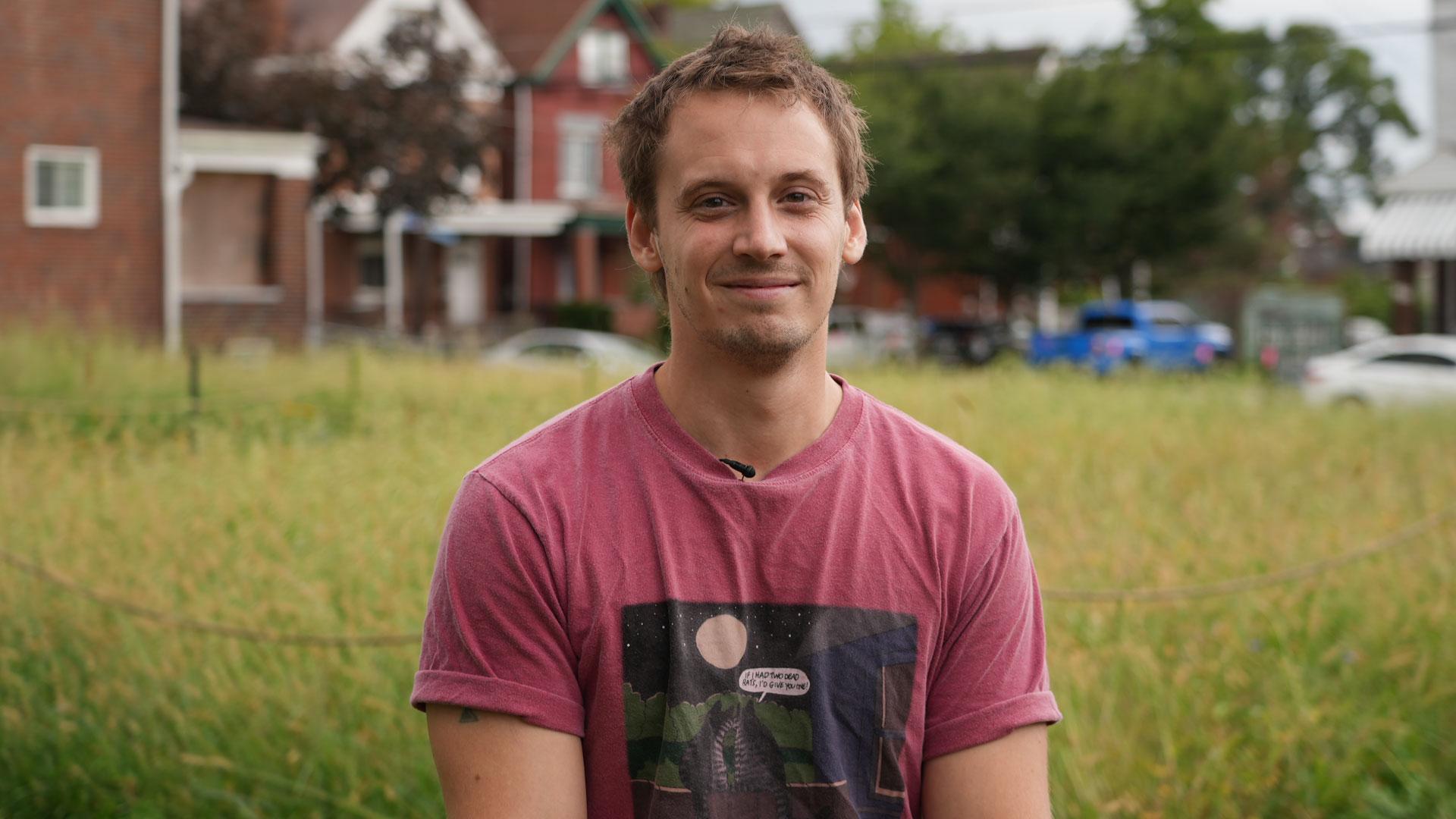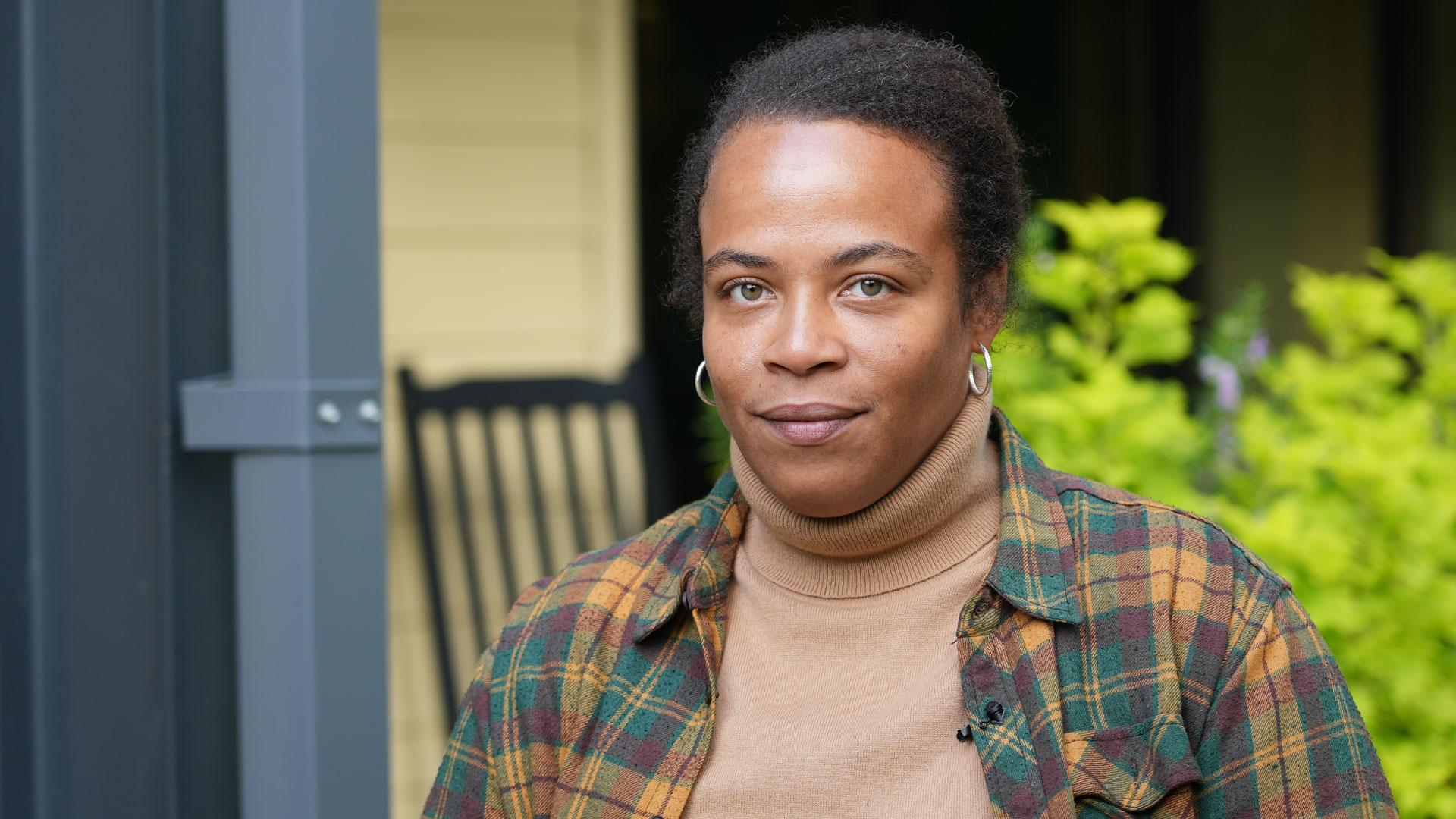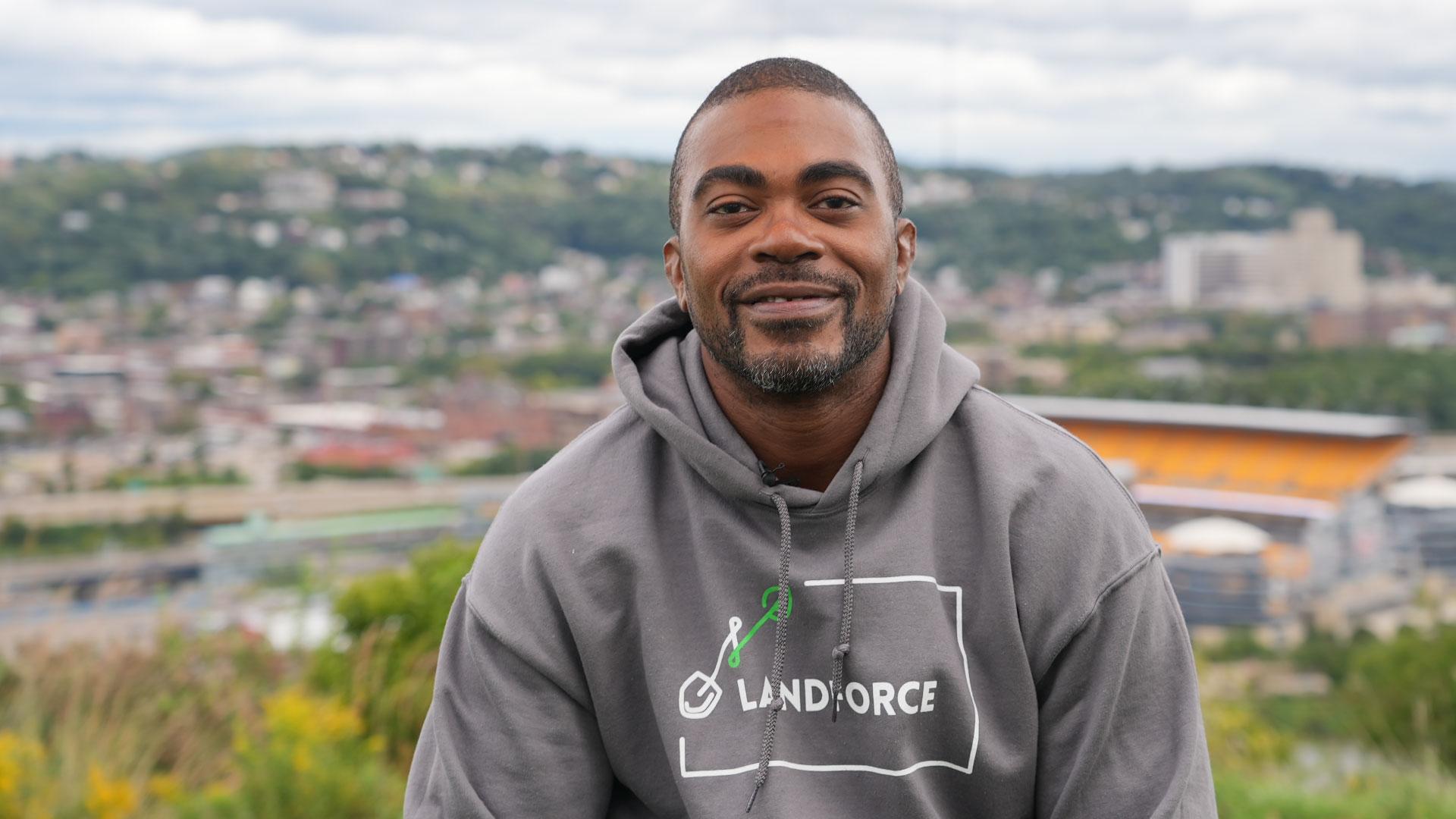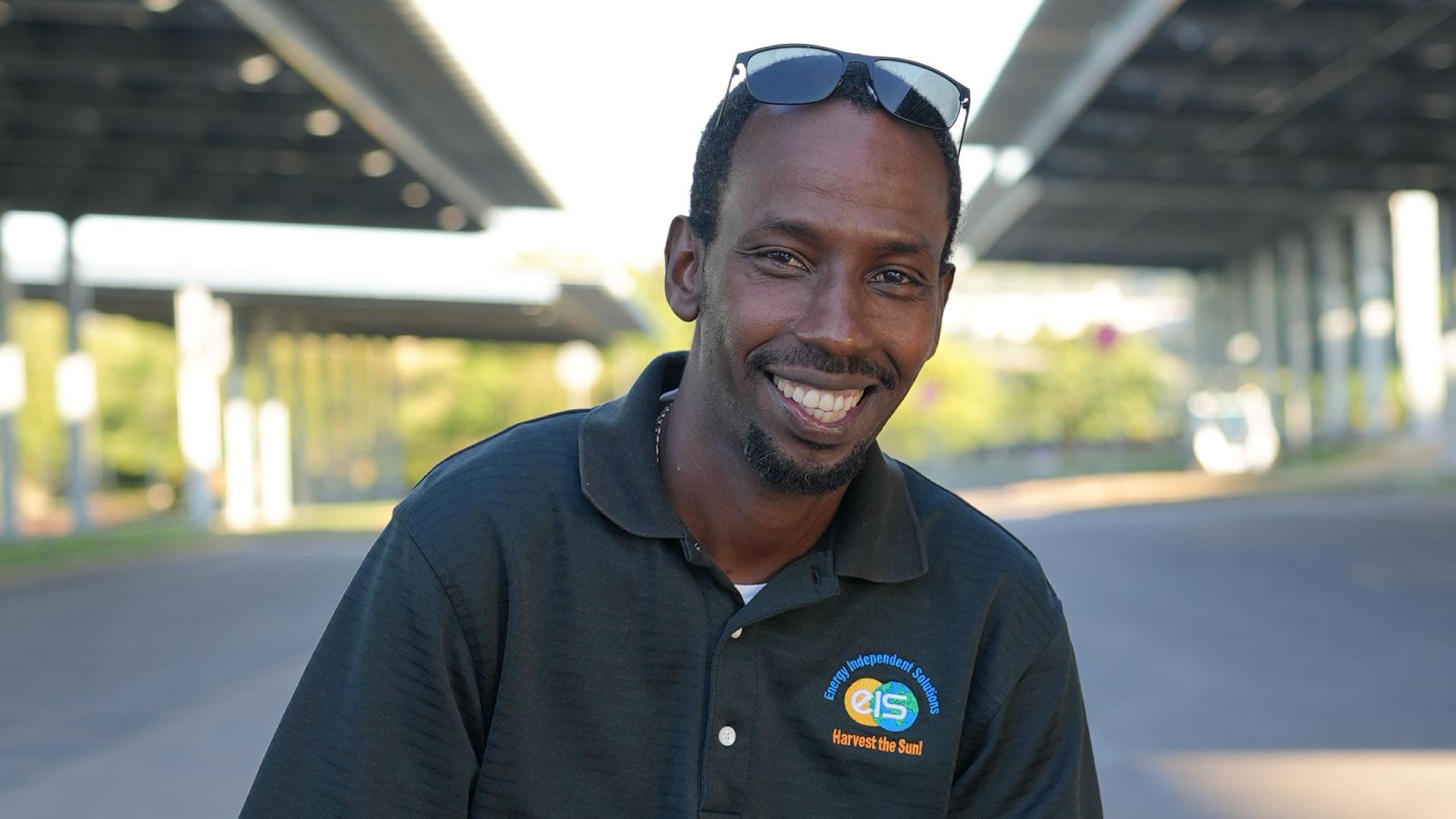Paige Anderson: Designing bikeable cities for a livable future
In this Episode
Paige’s Story
Walking and biking are beneficial activities that not only promote a healthy, outdoor, and active lifestyle but also greatly reduce emissions created by gas-powered transportation that contribute to climate change. Paige Anderson is the project engineer in the Traffic Division at the city of Pittsburgh, and her job is to manage the public right of way, making the city more mobile and accessible. Cities are known for being responsible for creating problems that contribute to climate change, but that also means that there are creative solutions to be found. Through the smart design of walkways and bike lanes, the projects that Paige leads encourage residents to feel safe and comfortable to get outdoors and move around the city in ways that don’t necessarily depend on vehicles. Paige is part of the climate solution, helping to reduce traffic congestion and emissions in Pittsburgh, and her work is helping to create a livable city for a climate healthy future.
Discussion Questions
One of the most important things you can do when it comes to climate change is talk about it.
- Paige was inspired to think more critically about our dependence on vehicles when she was in middle and high school. Running cross country helped her realize that she did not need to be dependent on a car for mobility, and she liked that autonomy. In college, Paige started to walk and bike more for transport. Have you considered alternative ways to commute around your community to get to school and work or to go on errands?
- There is a learning curve when making a switch to mainly biking for transportation. Paige explains that often it just takes getting started and practicing. In her experience, many people get over the learning curve when they realize that biking can be a more joyous way to get around your community. If you are able, what are some positive benefits that biking more could bring to you personally? What are the potential benefits to your community?
- Pittsburgh is not necessarily an easy city to navigate on a bike, especially if trying to avoid some of the roadways with heavier vehicle traffic that can be more dangerous. Some of the residential streets are tight and narrow, and the capacity isn’t always there to add a bike lane, so that means thinking critically and finding creative connections, like noticing where people are already biking and investing in those areas to make them safer, adding traffic calming elements like roundabouts, and adding wayfinding signs. Paige says that sometimes people drive because they might not feel safe or comfortable biking or walking. Do you have a safe and comfortable path to walk or bike along your commute? If not, what are some design changes that would be helpful?
Learn More
Learn about the solutions in this story.
- Solution Sector: Transportation
- Solution: Bicycle Infrastructure
- Solution: Walkable Cities
- For more on all of the Drawdown climate solutions, visit drawdown.org/solutions.
- Learn more about the work Paige does and about bike infrastructure work in Pittsburgh, as featured in the episode: Pittsburgh Climate Action Plan, Move Forward PGH, and BikePGH.
Explore Climate Solutions 101, the world's first major educational effort focused solely on solutions. This video series combines Project Drawdown’s trusted resources with the expertise of inspiring voices from around the world: drawdown.org/climate-solutions-101.
Take Action
- Drawdown Ecochallenge is a fun and social way to take measurable action on the top solutions to global warming. Take the challenge, and see how a few weeks of action add up to a lifetime of change for you and the planet. If you want to take action on Transportation like Paige is, visit drawdown.ecochallenge.org/challenges/transportation.
- ChangeX connects people with proven ideas for strengthening communities with the resources needed to start them. Explore countless ways to improve your community and help the world reach drawdown.
- Climate Generation's Green Careers for a Changing Climate Instructional Supplement (for Grades 6-8) contains resources to help young people learn about Green STEM Careers — careers that can help solve the impacts of climate change using STEM skills. Throughout this instructional supplement, students will be using the resource Drawdown to make important connections to solutions that these careers will implement.
Sign up to receive updates, provide ideas, and tell us how you might share Drawdown’s Neighborhood in your community.


